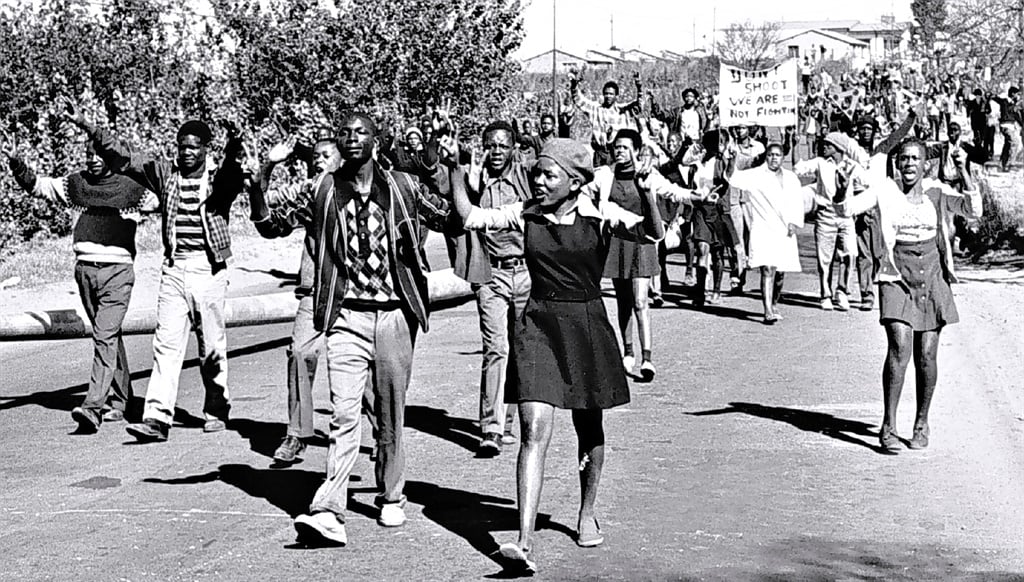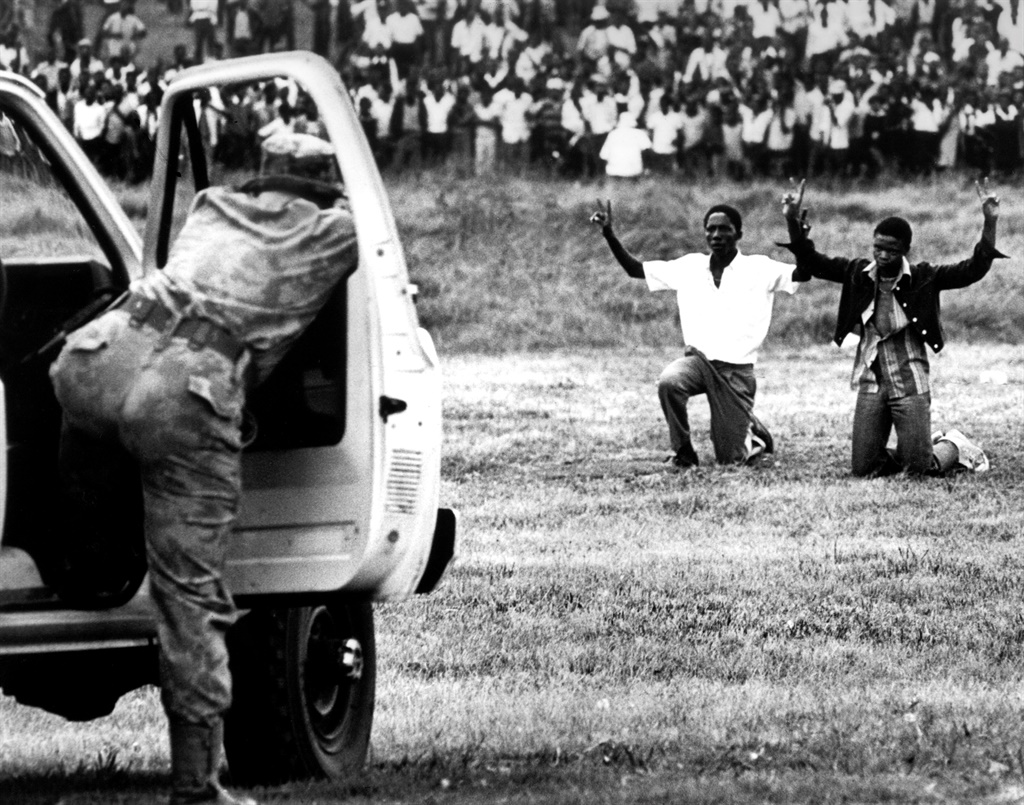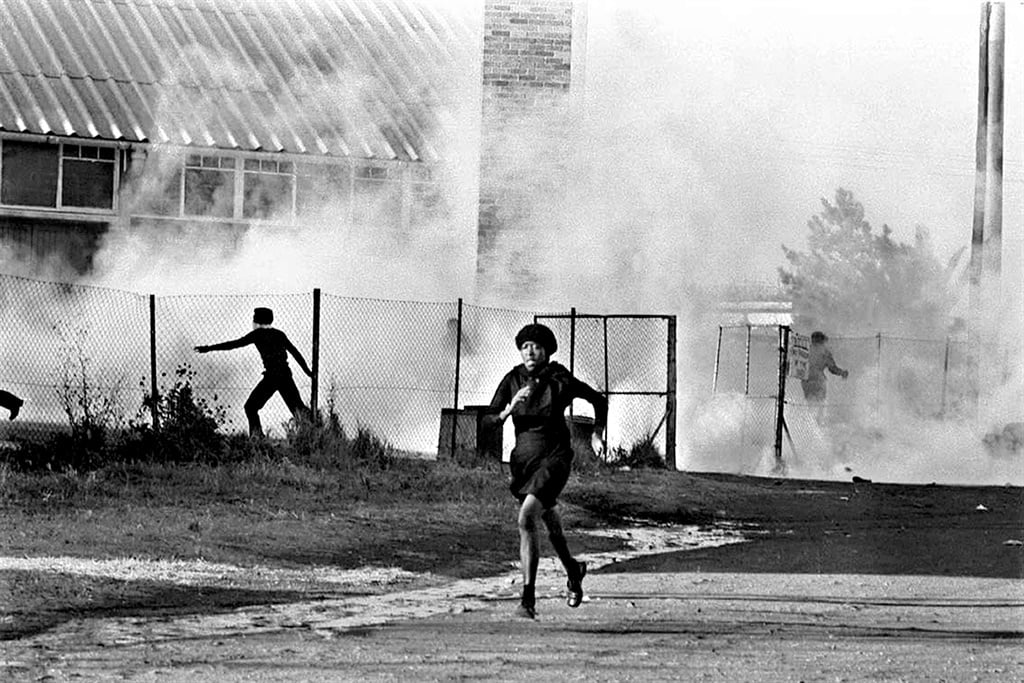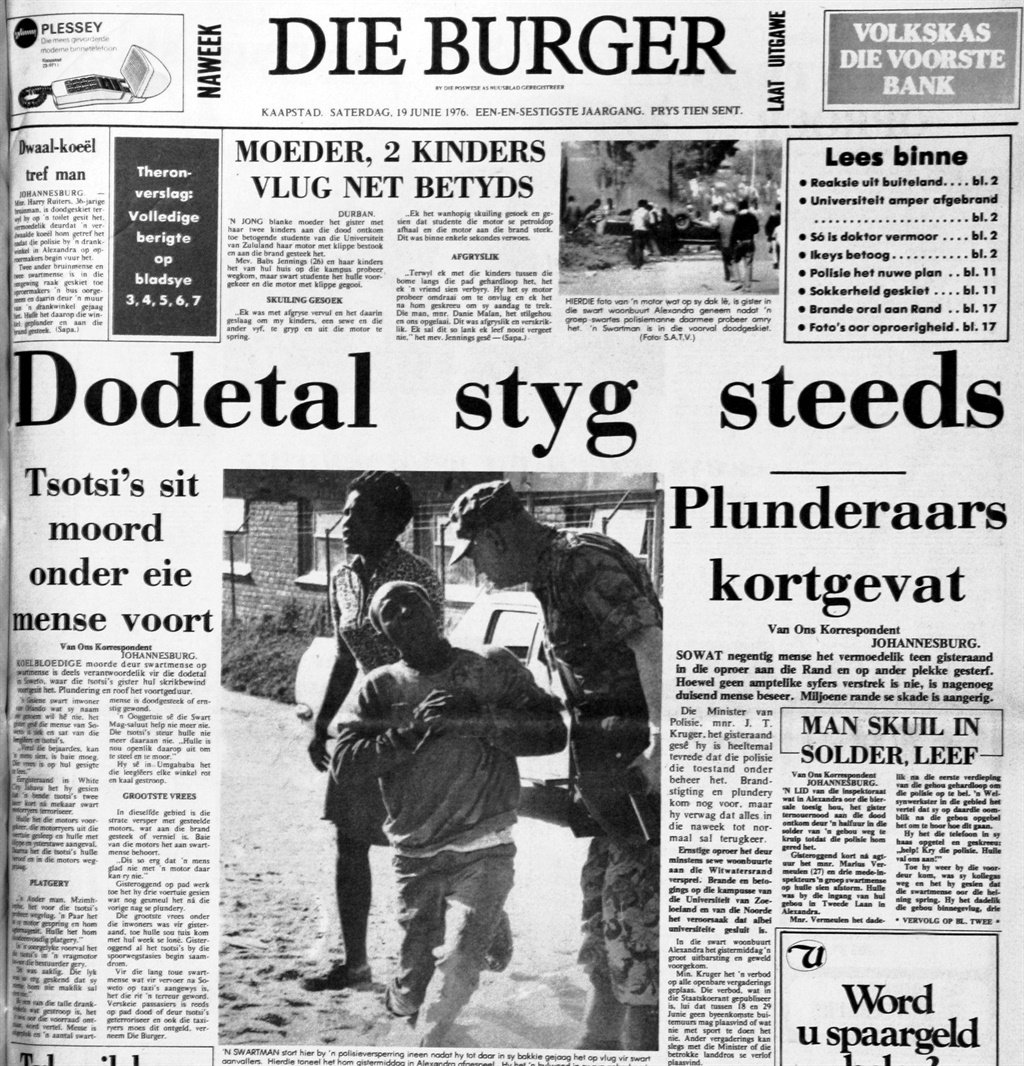- More than 200 people were killed when over 10 000 people marched against Bantu Education in Soweto on 16 June 1976.
- The event would spark mass protests across the country and become known as a turning point in the fight against apartheid.
- This is the timeline of events that happened on that day.
An estimated 200 people, mostly pupils, died 44 years go today when more than 10 000 people marched towards Orlando Stadium in Soweto to protest against Bantu Education.
The events on 16 June 1976, which would come to be known as the Soweto Youth Uprising, would spark countrywide protests against the government, and mark a turning point in the battle against apartheid.
Youth Day is commerated every year with a public holiday on 16 June.
A policy of forcing black South Africans to study Afrikaans since 1974 inspired the protests, but the deteriorating school infrastructure and overcrowded classrooms contributed to frustration.
At the time, it was estimated that one teacher, who often did not have a matric, had to teach 58 pupils – up from an average of 46 in 1955.
In 1976, 257 505 black pupils also entered the education system in Form 1, while in high schools there was only capacity for 38 000 students
Here is a timeline of events on 16 June 1976:
This article was compiled with extensive help from historians at South Africa History Online.
07:00
The leaders of the original march mainly came from two high schools – Naledi High in Naledi and Morris Isaacson in Mofolo – and made it clear that it would be a peaceful march.
The march was organised to oppose Afrikaans as the language of instruction, as examinations were coming up and many senior students were afraid that they would fail if they wrote in Afrikaans.
While the march was organised by the Action Committee of the Soweto Students Representative Council (SSRC), not all children and pupils who participated in the march knew about it.
Pupils from Naledi High were to march from there and pick up students from the schools on their way to Orlando Stadium. The Morris Isaacson pupils were expected to do the same from their direction.
And at Phefeni Junior Secondary, close to Vilakazi Street in Orlando, which was close to the railway station, pupils would be encouraged to join the march as they got off trains on their way to school.
07:30
Some of the first pupils to gather were at Naledi High. Eyewitnesses described the mood as highly spirited and jovial.
At an assembly, the principal gave support to the children and wished them well with the march.
There the chairperson of the Action Committee addressed pupils and informed them that discipline and a peaceful march were to be the order of the day.
At Morris Isaacson, students also started gathering, and one of the leaders of the Action Committee also asked pupils to maintain a peaceful march.



On 16 June 1976 high-school students in Soweto, South Africa, protested for better education. (Photo by Bongani Mnguni/City Press/Gallo Images/Getty Images)
At Ibhongo Secondary School, a pupil said the leaders of the Action Committee had told them of the march as they came past, whereafter pupils were allowed to leave their classrooms.
It is believed that, by the middle of the morning, 11 groups of students from different directions had marched to Orlando Stadium to meet at the central point of Uncle Tom’s Hall.
There were some minor encounters with police where students were dispersed, but no casualties were reported by this time.
09:00
The march soon halted, and one of the Action Committee’s leaders, Tietsi Mashinini, climbed onto a tractor and addressed the crowds, pleading with them to keep calm.
“We have just received a report that the police are coming. Don’t taunt them, don’t do anything to them. Be cool and calm. We are not fighting,” Mashinini said.
Police reports at the time stated that the situation was explosive and officials should retreat to await further reinforcements.
09:30
Pupils kept on marching until they got to what is today known as Hector Pieterson Square, close to Orlando High School, where they were met by police. There are various reports on what led police to start shooting.
One eyewitness said police used tear gas, but because the wind was blowing in the opposite direction, it did little to disperse pupils. Soon police unleashed dogs, but the pupils effectively drove them away with rocks. Then police started shooting.



Soweto youths kneeling in front of the police holding their hands in the air showing the peace signon June 16, 1976, in Soweto, South Africa. (Photo by Jan Hamman/Foto24/Gallo Images/Getty Images)
Alan Brooks and Jeremy Brickhill wrote in their book “Whirlwind Before The Storm” that, after the first shot was fired, there was a split-second’s silence before pandemonium broke out.
Pupils started screaming before more shots were fired, killing four pupils, and people starting to run in all directions.
12:00
After the first killings earlier the morning, students dispersed in all directions. The senseless killings inspired retaliatory action, with West Rand Administrative Buildings (WRAB) vehicles and buildings set alight and burnt to the ground.
A white WRAB official was pulled out of his car and beaten to death, and bottle stores were burnt and looted.
Other encounters with the police occurred where more pupils were killed, particularly in the vicinity of the Regina Mundi Catholic Church in Orlando and the Esso garage in Chiawelo.
It was reported that as pupils were stopped by the police in one area, they moved to protest in other areas.



A peaceful protest turned into a massacre when police opened fire on the protestors on June 16, 1976, in Soweto, South Africa. (Photo by Bongani Mnguni /Foto24/Gallo Images/Getty Images)
By 12:00, all the schools in Soweto had closed down and more students had joined the protesters. The white press described the afternoon as chaos in Soweto, with a number of bottle stores and beerhalls built by the apartheid government raided and looted.
Others reported that it was overwhelmingly WRAB structures and cars that were razed, and that a sympathetic white student had been taken to safety by pupils when police retaliated.
19:00
Students leaders said they visited Baragwanath Hospital later that evening to visit pupils who had been injured, with one student leader describing that when he opened the mortuary door, he saw a pile of bodies on top of each other.



Front page story of Afrikaans newspaper Die Burger of the 1976 Soweto unrest. (Gallo Images)
Around 21:00, armoured police vehicles, later known as Hippos, started moving into Soweto. Official figures say an additional 23 people were killed, but independent estimates place the death toll at more than 200.
Protests would continue for days after the march, with more clashes and people being killed by the police.

